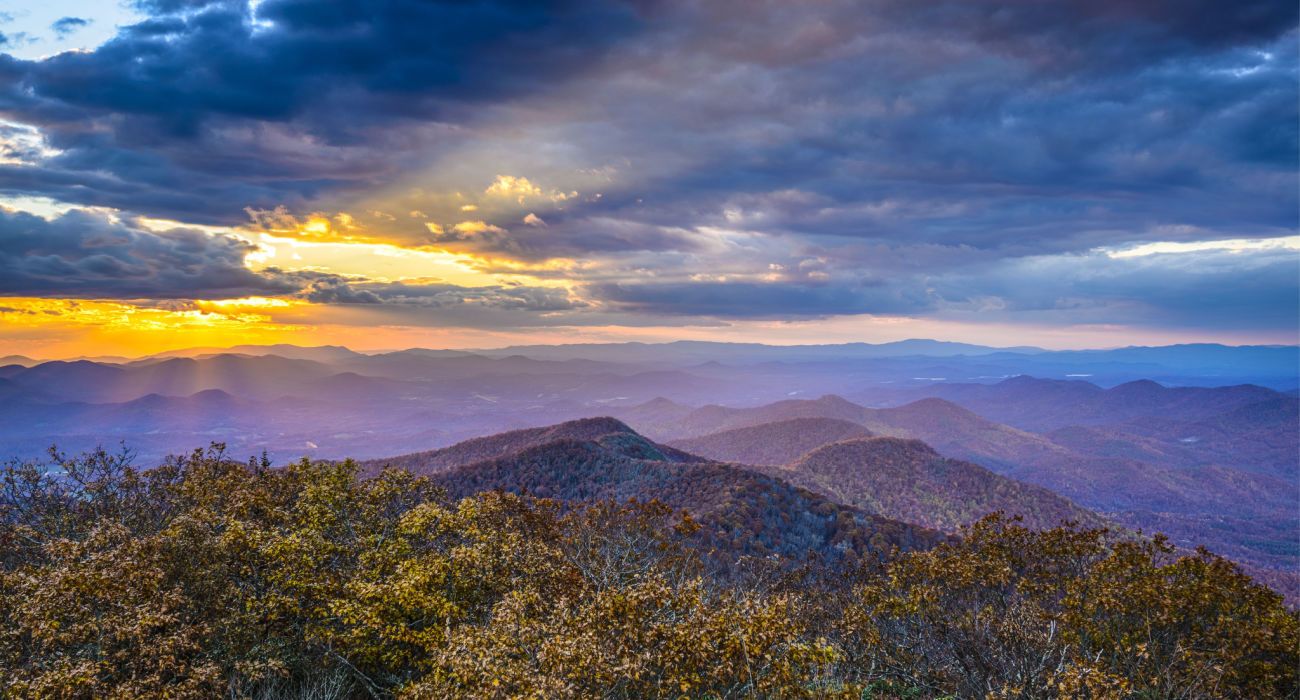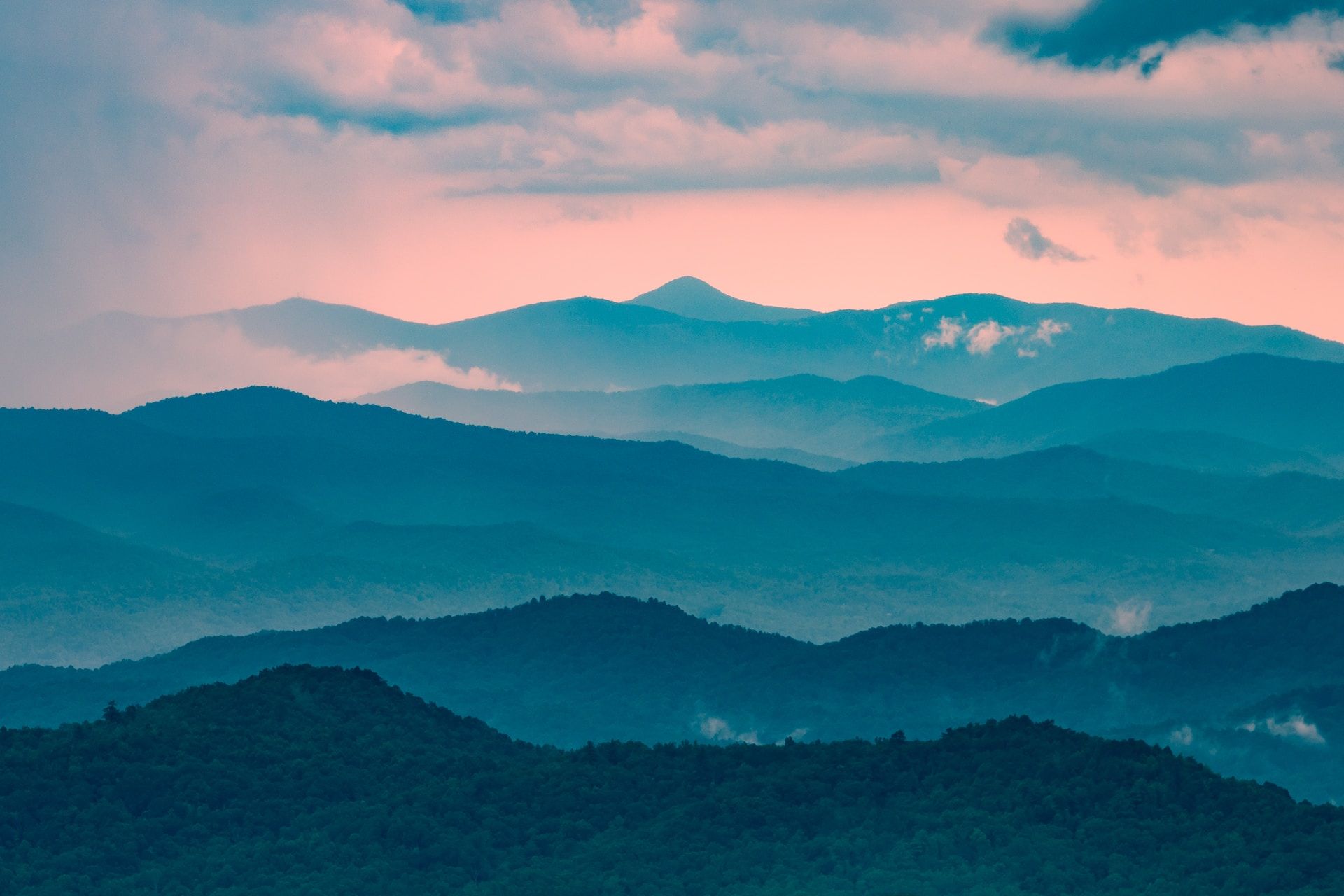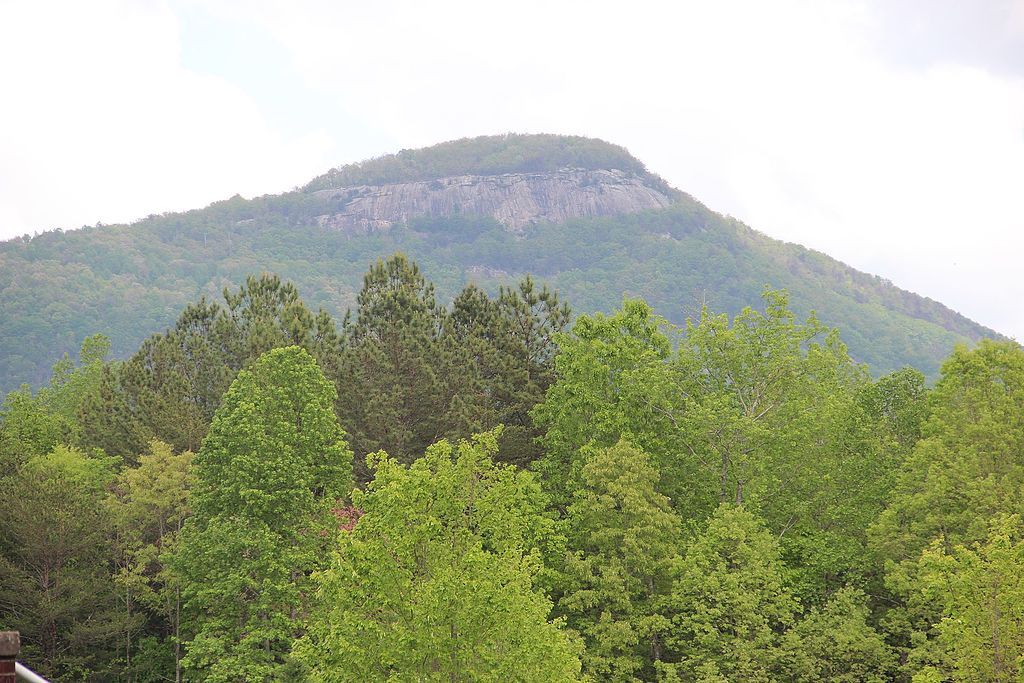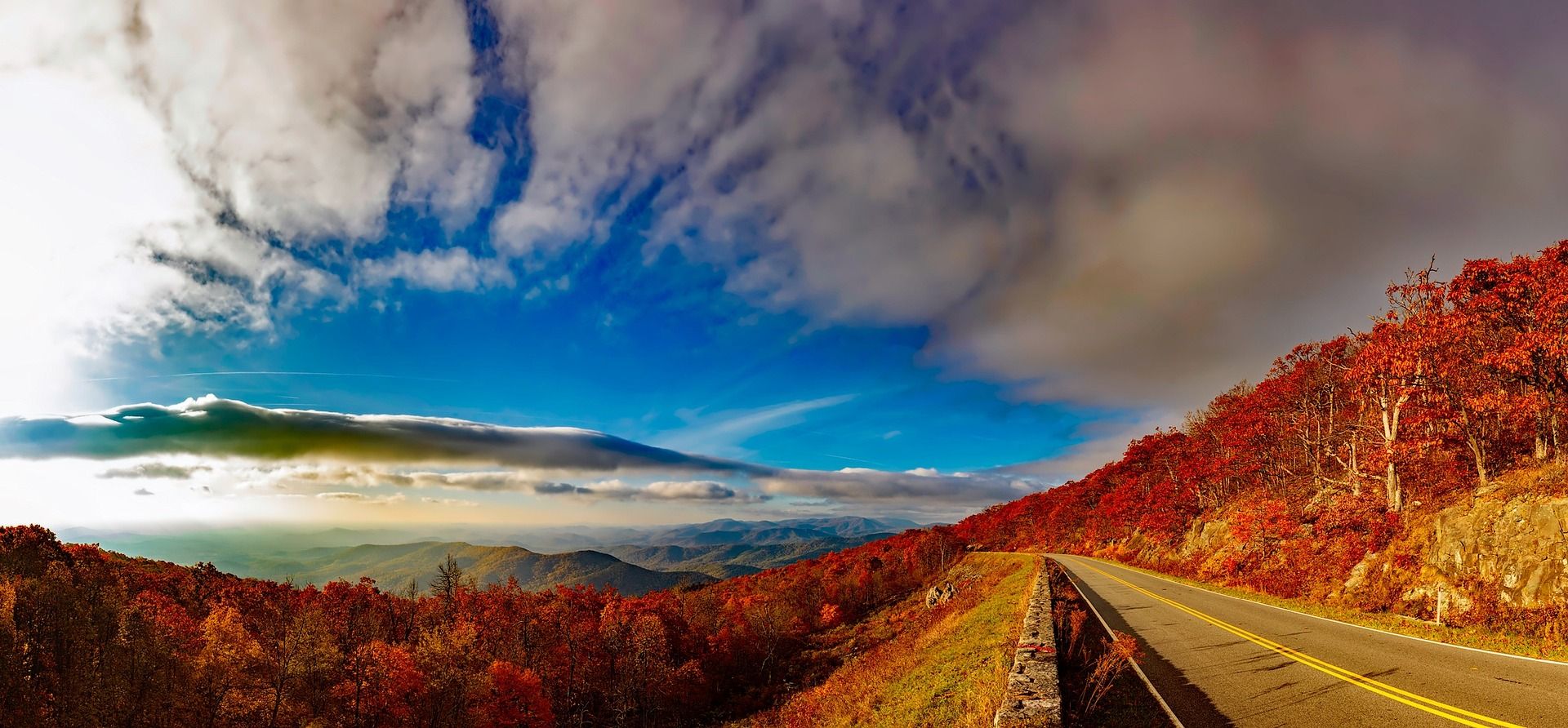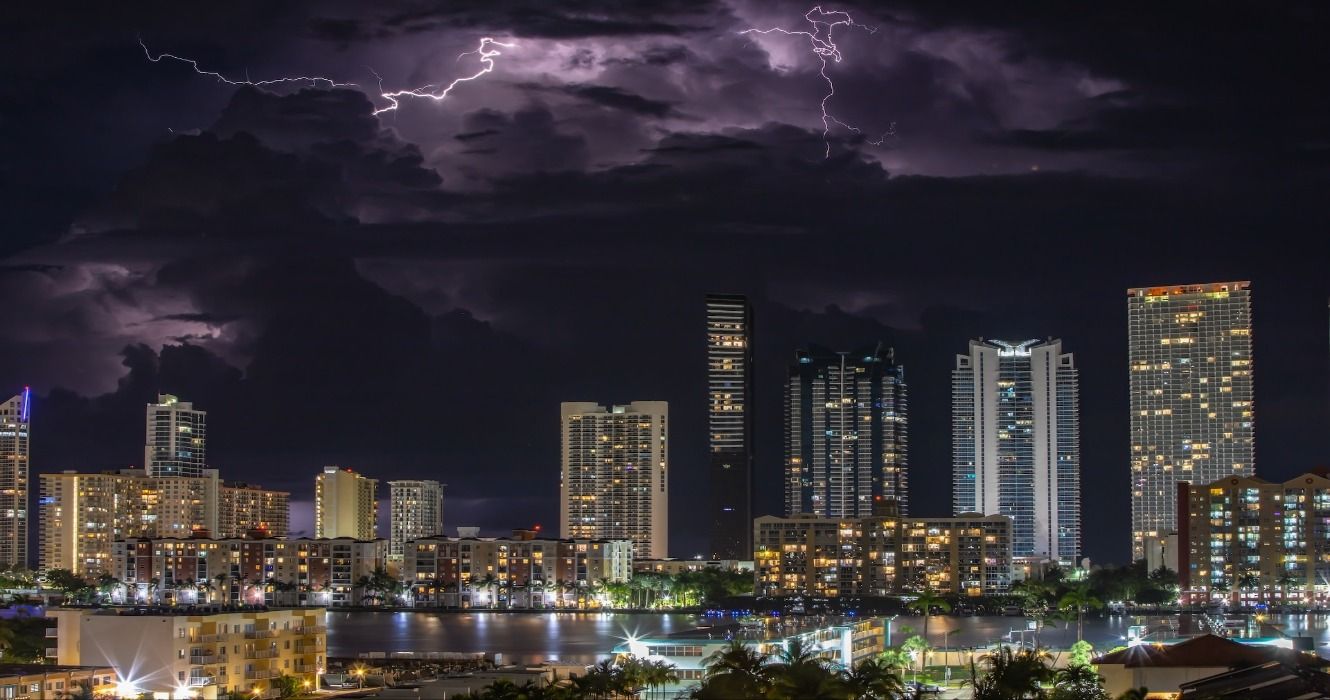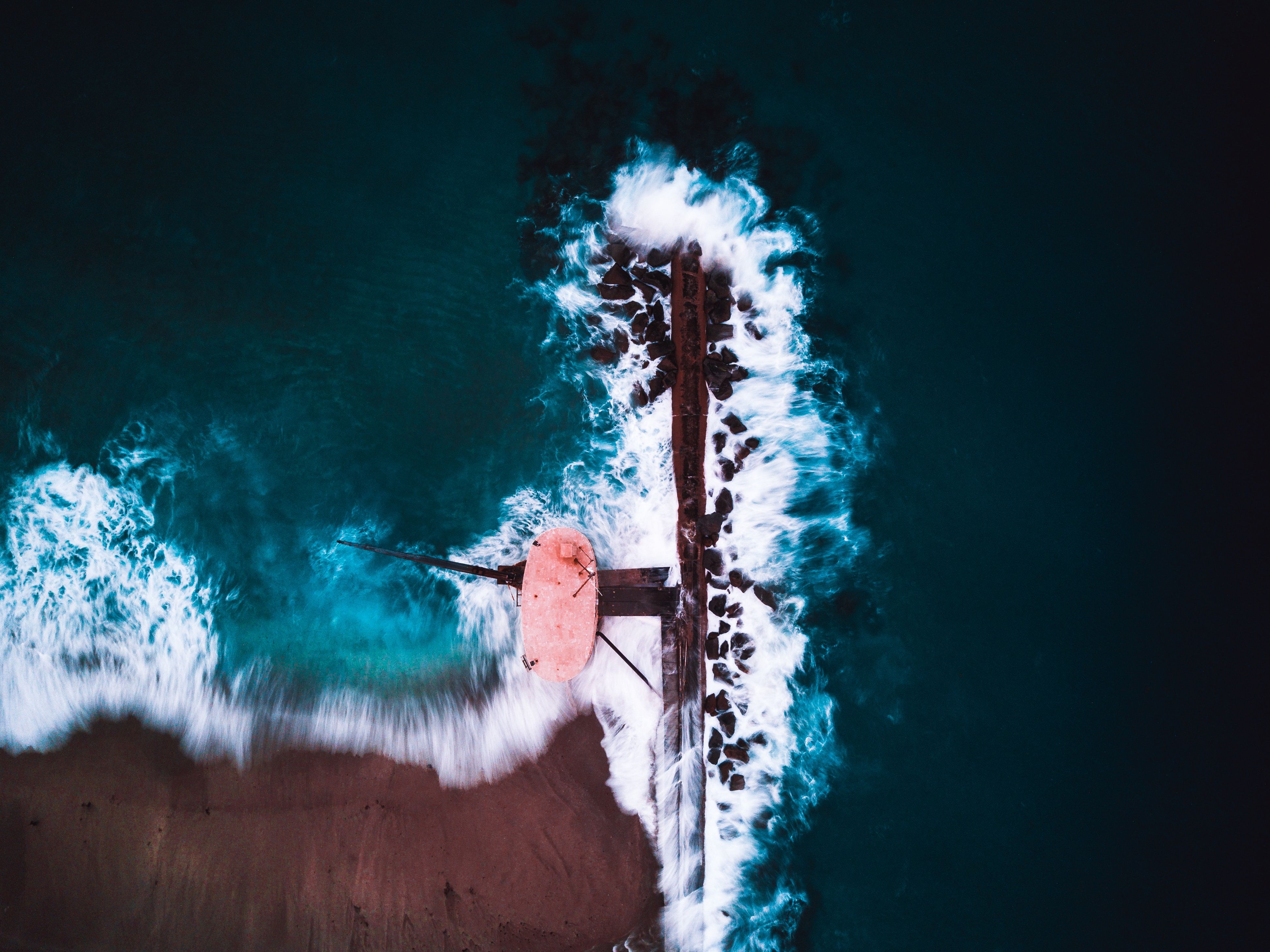Read update
- Florida's Rising Sea Levels Pose A Major Concern For Residents And Wildlife
Summary
- Florida is known for its flat landscape with no mountains, making it a unique destination for beachgoers but not ideal for those seeking mountain views or hikes.
- The closest mountains to Florida are located in the Blue Ridge Mountains near Helen, Georgia, offering scenic landscapes, hiking trails, and outdoor activities like horseback riding and fishing.
- Florida faces the challenge of rising sea levels due to its low-lying geography and porous limestone bedrock. However, the state has implemented the Florida Resilient Coastlines Program to combat the effects of climate change and protect coastal communities.
Florida and beaches go together, Florida and Everglades go together, Florida and tropical islands go together, but Florida and mountains do not. One thing people are struck by while visiting the Sunshine State is just how flat the whole state is because there are no mountains to be seen in America's third most populous state. See here to learn some bizarre facts about the Everglades of Florida.
The whole state is very low-lying, with only some very modest rises and hills to the north along the border with Georgia. But even these hills are tiny and certainly do not represent a challenging hike. Beaches are nice, but sometimes one just wants to combine beaches with mountains - one can do this in many places around the world, but in Florida, not so much.
UPDATE: 2023/08/17 17:02 EST BY NOAH STAATS
Florida's Rising Sea Levels Pose A Major Concern For Residents And Wildlife
Continuing our last update theme, this has been expanded to mention how Florida plans to help its communities be protected from natural disasters and rising sea levels. Although Florida doesn't have mountain ranges, there are nearby options that could one day become places of refuge for residents.
About Florida's Highest Points
There is no one definition of how tall the mountain needs to be considered a mountain. But generally, it needs to rise over 300 meters or 985 feet above the land around it. If that is the working definition, then Florida is completely devoid of mountains. The five highest points in Florida are:
- Britton Hill: 345 Feet or 105 Meters
- Oak Hill: 331 Feet
- High Hill: (sic) 323 Feet
- Falling Waters Hill: 318 Feet
- Sugarloaf Mountain: 312 Feet
Of these, the Britton Hill, Oak Hill, High Hill, and Falling Waters Hill are all in the Northern Florida "Highlands." If all the ice on earth melted, the sea levels would rise by 70 meters or 230 feet. In that case, these hills and "highlands" would be all that would be left of Florida.
So if one wants to find mountains taller than a quarter of the height of the Empire State Building, where are the closest mountains?
The Blue Ridge Mountains Near Helen, Georgia
- These are some of the most scenic mountains in the United States.
- They're located north, around Helen, Georgia.
If one is looking for mountains, then the closest mountains are located to the north, around Helen, Georgia. It is in the far north of Georgia and marks the beginning of the Appalachian Ranges. Even so, they are not especially tall - but they are infinitely higher than the hills in the Florida "Highlands."
The Blue Ridge Mountains are around 90 miles north of Atlanta and are home to the stunning Chattahoochee National Forest. One can catch a break from the beach condos of Florida and instead relax in a Georgian cabin and hike the trails around here. Other activities include horseback riding, whitewater rafting on the Ocoee River, and fishing - in fact, the Blue Ridge Mountains are known as the Trout Fishing Capital of Georgia.
The Blue Ridge Mountains are part of the larger Appalachian Mountains range. They are known for having a bluish color when viewed at a distance. This is because the trees put "blue" in the range from the isoprene they release into the atmosphere. It creates a distinctive haze on the mountains, giving them their color and name.
Two of the more significant peaks in the Blue Ridge Mountains are Yonah Mountain and Brasstown Bald.
Yonah Mountain
One of the mountains in the region is Yonah Mountain - Mount Yonah, as it is called. It is between the towns of Cleveland and Helen. It is a beautiful mountain and well worth exploring if one is in the area.
- Name: Yonah Is The Cherokee Word For Bear
- Hiking: There Is A Signed Trailhead From Chambers Road, It Is Around 2.3 Miles Long And Gains Around 1500 Feet Going Up To The Summit
- Rock Climbers: It Is A Popular Training Ground For Rock Climbers
- Elevation: 3,166 feet Or 965 Meters
Brasstown Bald
Brasstown Bald is the highest mountain in the state of Georgia, and it is also located in the Blue Ridge Mountains near the city of Hiawassee. It is in a stunning setting. Like other mountains in the Appalachians, Brasstown Bald is old and worn down, so its slopes are gentler, and its prominence is mild.
- Height: 4,784 Feet Or 1,458 Meters
- Prominence: 2,108 Feet Or 643 Meters
There are a number of hiking trails around this mountain. Hiking the mountain from the northeast, there is a trail on Owl Creek Road leading up the mountain. The hike is 8.4 miles long and gains 2,717 feet.
From the southeast, there is a trail near Sooky Gap that is 8.1 miles long, gaining 2,592 feet. And from the west is another route near Choestoe that's 9.3 miles long and gains 856 meters.
For a full list of hiking trails, the prices, and the restrictions in the area, check out the local Visitor Center's website. But if one wants to see alligators, check out the Anhinga Trail In Everglades National Park.
What Happens In Florida If Sea Levels Rise?
Florida faces the twin problems of being very low-lying and sitting on a bedrock of porous limestone. The limestone is sponge-like, and groundwater flows through it, making it very difficult to just block the sea with a sea wall.
Sea levels have risen by around 1 inch every three years and 6 inches in the largest 31 years around Miami. In the next 15 years, the sea level could rise by another 6 inches.
- Florida Mean Elevation: Approx 30 Meters 100 Feet
If the Greenland Ice sheet was to melt (around a 20-24-foot rise), the Everglades and much of the low-lying areas of Florida would be history. If the Antarctic Ice Sheets were to melt, Florida would basically be fully underwater (the sea level would rise around 216 feet). But still, the Antarctic Ice Sheets aren't going to just melt all of a sudden, and there's no need to run to the hills in Florida just yet.
Does Florida Have Plans To Combat Rising Sea Levels?
- Florida has enacted the 'Florida Resilient Coastlines Program,' targeting shorelines, waterways, and infrastructure throughout the state.
Although Florida's current governor hasn't given much priority to the rising sea levels, there has been a 'Florida Resilient Coastlines Program' established to combat rising water and increased damage from natural disasters throughout the Sunshine State. Notably, this task force is committed to marshaling resources to prepare Florida’s coastal communities and habitats for the effects of climate change, especially rising sea levels.
Some of the main points of interest and action for this program are to fix/rebuild watersheds, limit water supply to certain areas, use underground water holding tanks, rebuild shorelines, establish more marinas throughout Florida, and invest in community infrastructure.
Florida is considered a low-level state, meaning it doesn't have many peaks like most do in the United States. Because of this, the Sunshine State could soon be much wetter, losing land mass within the next decade. With these efforts, however, things should improve (according to the plan).

